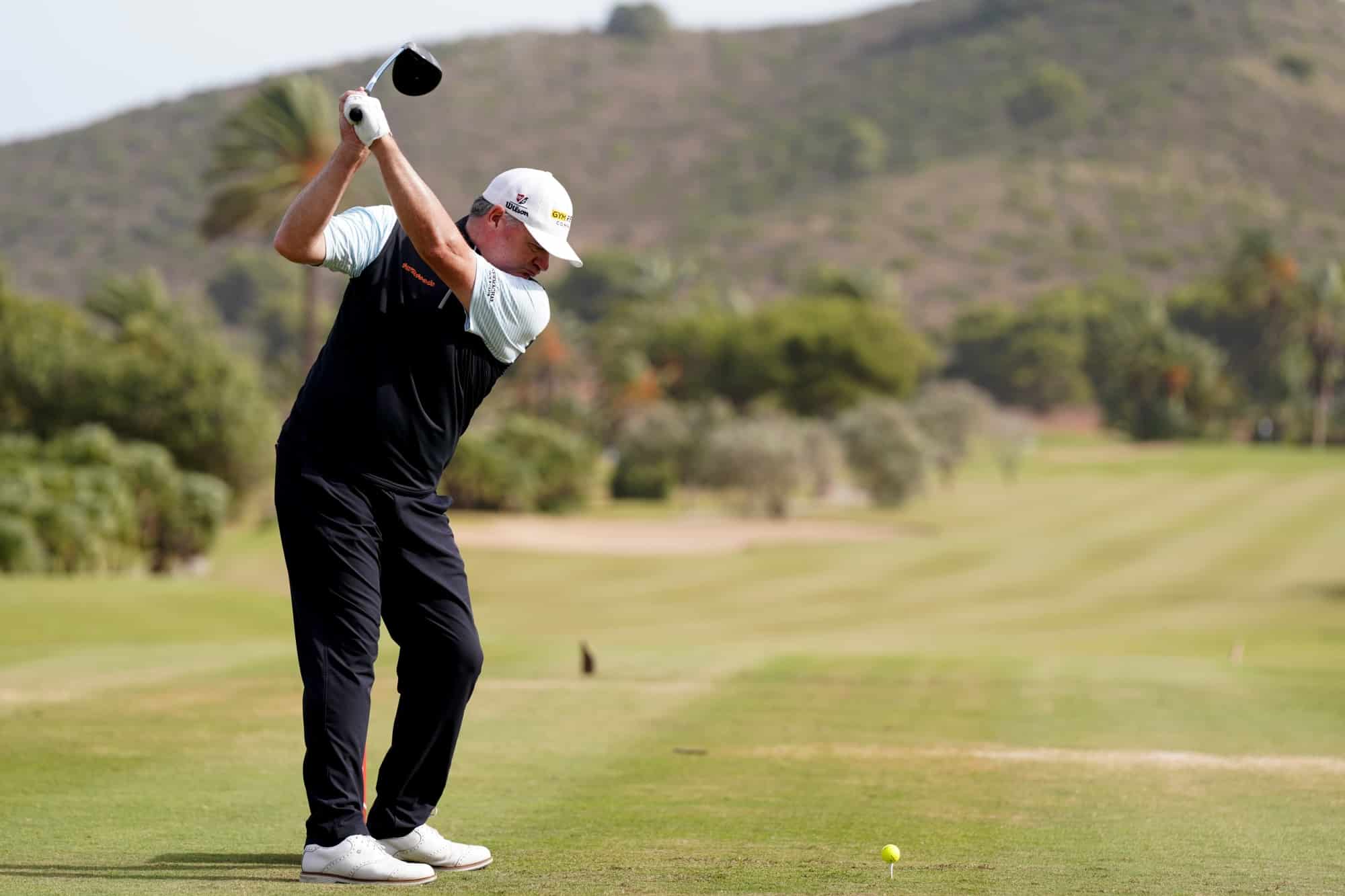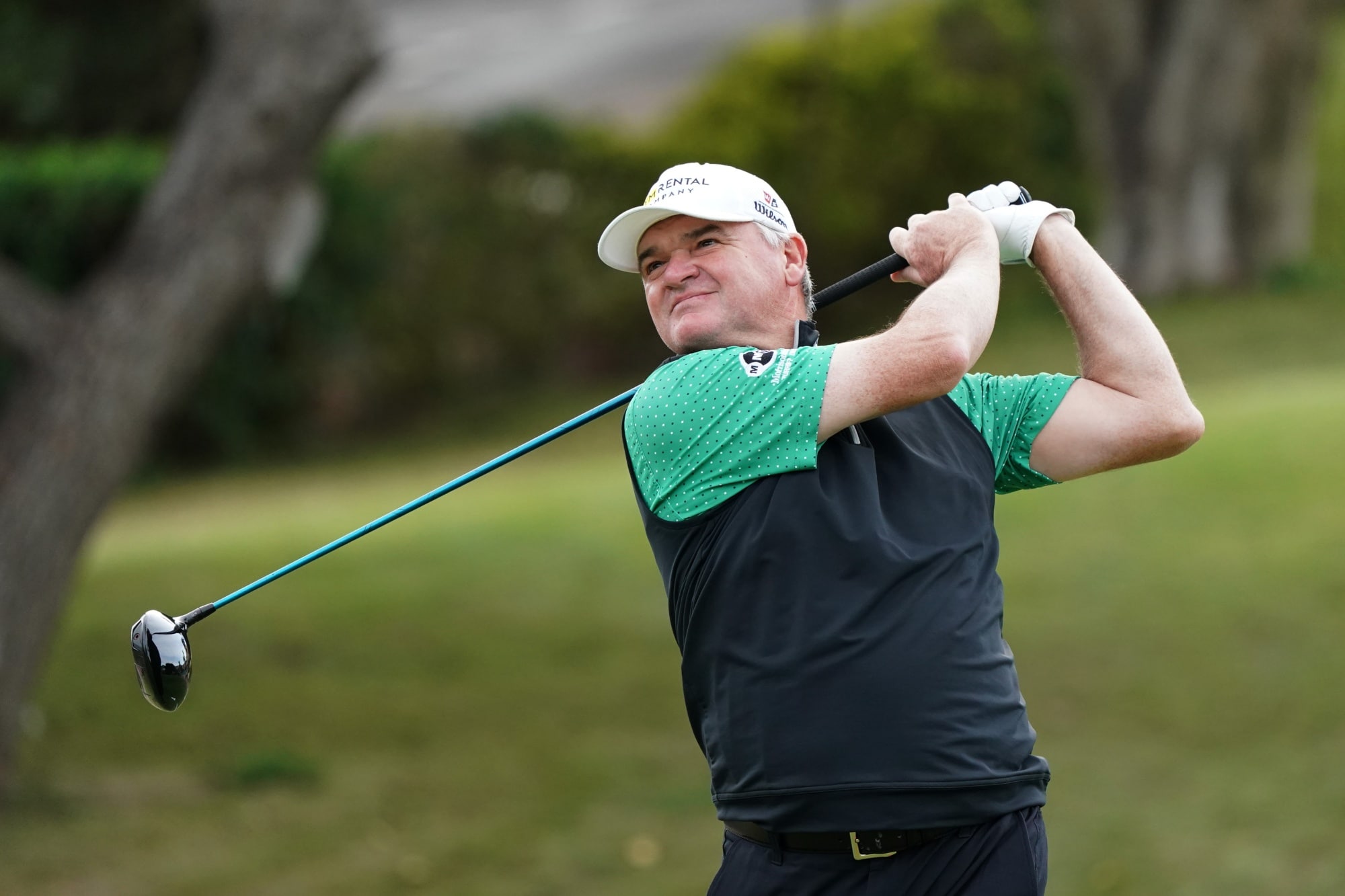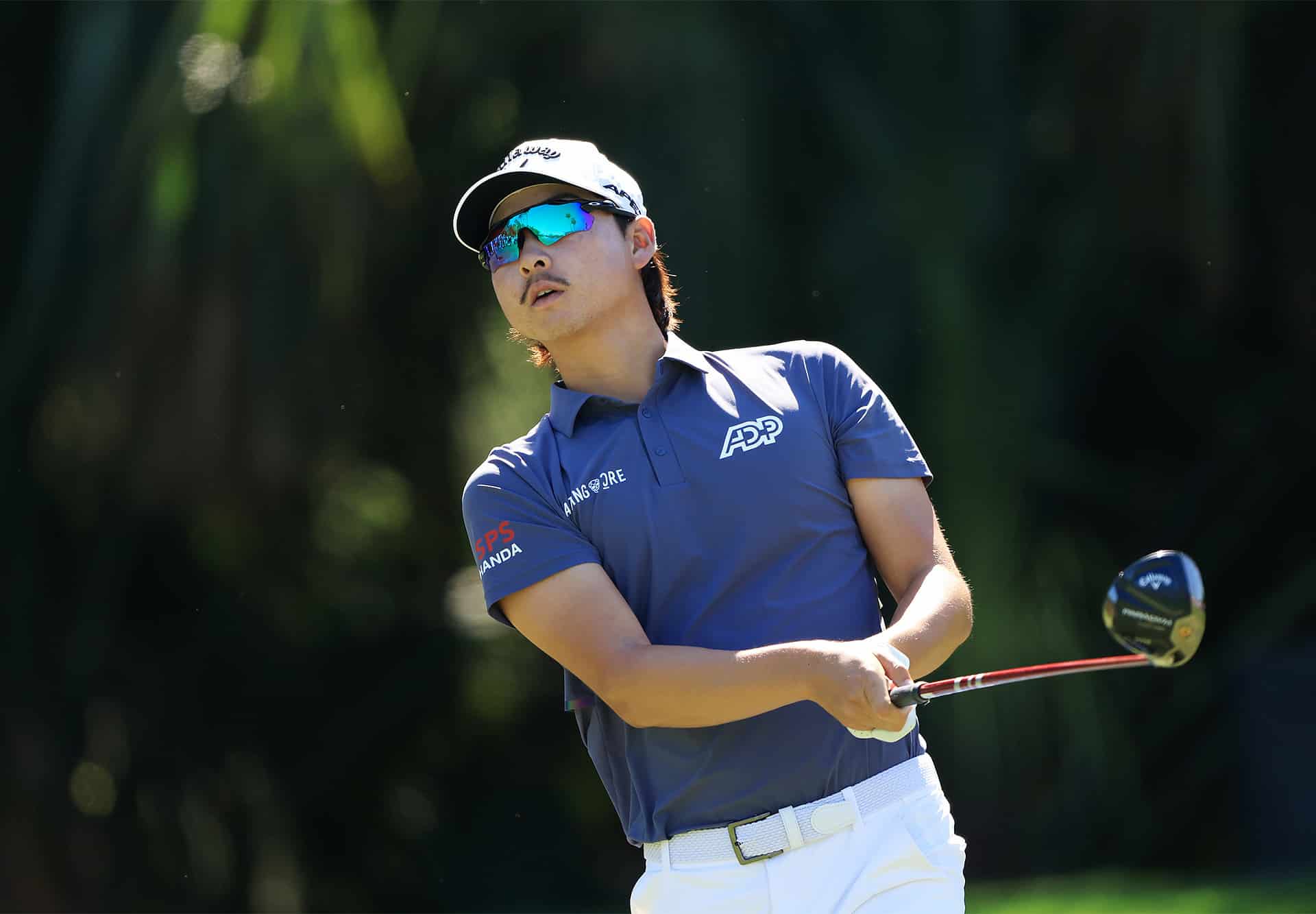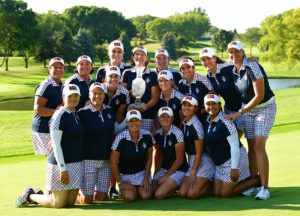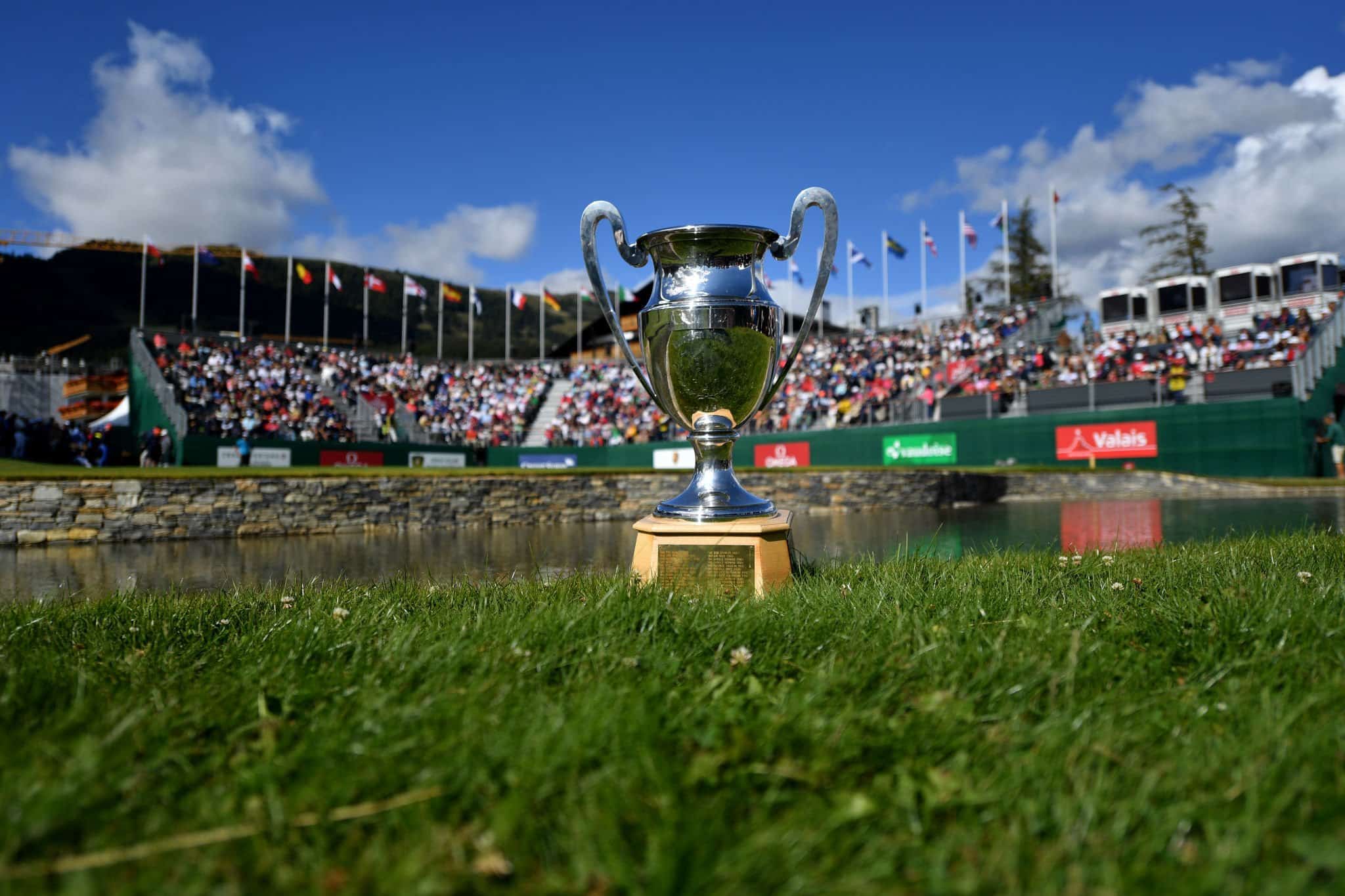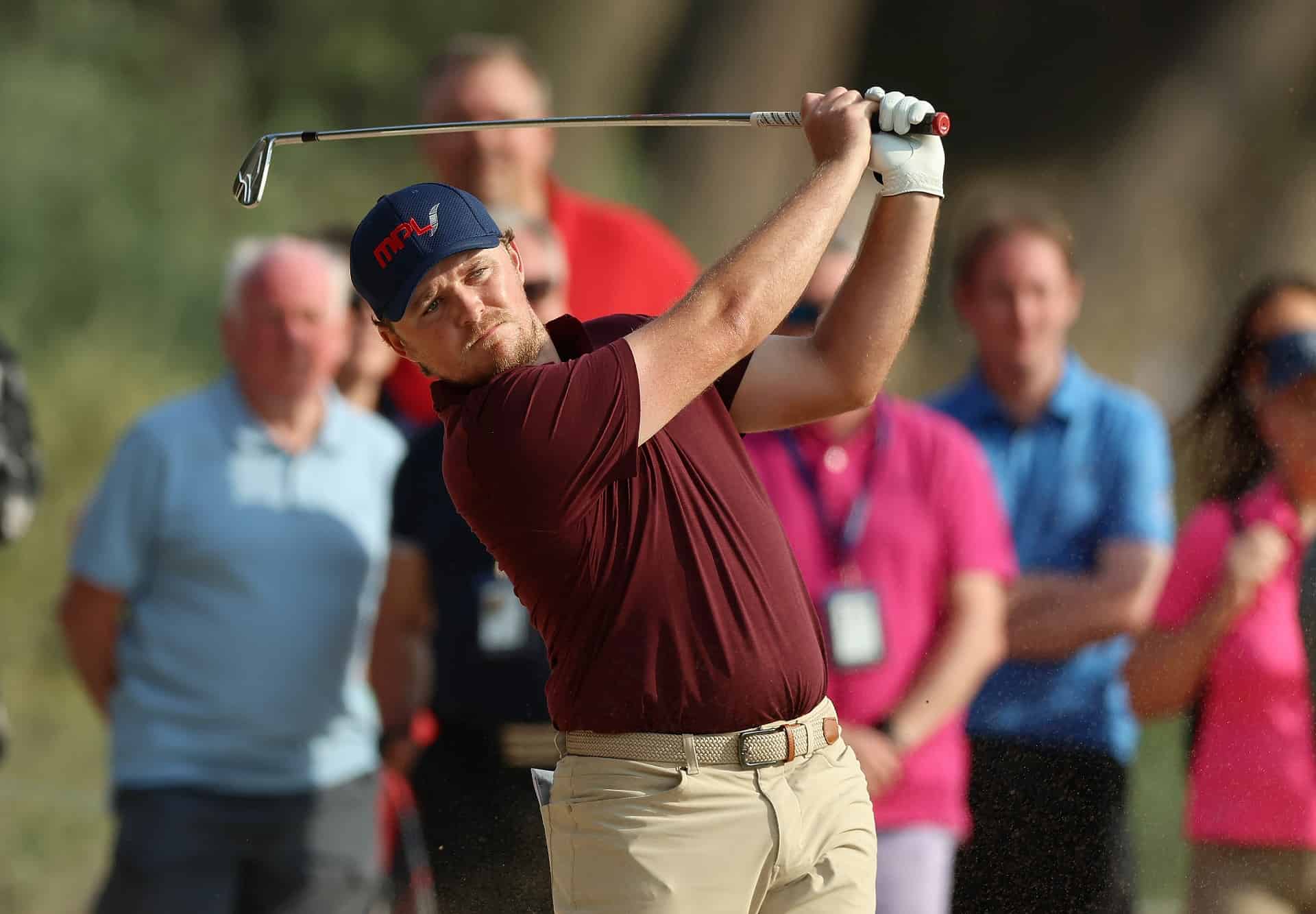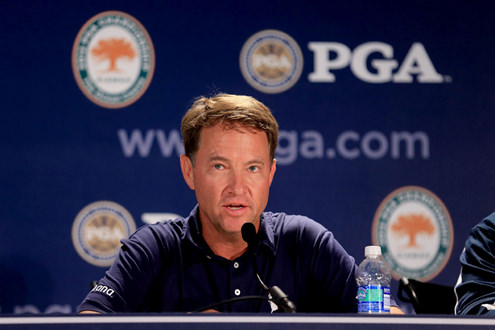
Ryder Cup golf: Famous matches
1969: Nicklaus vs Jacklin
The 1969 Cup held at Royal Birkdale was perhaps one of the best and most competitive contests in terms of play (18 of the 32 matches went to the last green). It was decided in its very last match, of which United States Captain Sam Snead later said “This is the greatest golf match you have ever seen in England”.
With the United States and Great Britain all tied at 15.5 each, Jack Nicklaus led Tony Jacklin by the score of 1 up as they played the 17th hole. Jacklin made a 35-foot eagle putt and when Nicklaus missed his own eagle try from 12-feet, the match was all square.
At the par-5 finishing hole, both Jacklin and Nicklaus got on the green in two. Nicklaus ran his eagle putt five feet past the hole, while Jacklin left his two foot short. Nicklaus then sank his birdie putt, and with a crowd of 8,000 people watching, picked up Jacklin’s marker, conceding the putt Jacklin needed to tie the matches. With the United States team already holding the cup, the tie allowed it to retain the cup. “I don’t think you would have missed that putt,” Nicklaus said to Jacklin afterwards, “but in these circumstances I would never give you the opportunity.”
This gesture of sportsmanship by Nicklaus caused controversy on the American side, some of whom would have preferred to force Jacklin to attempt the putt for the small chance that he might miss, which miss would have given the United States team an outright win. “All the boys thought it was ridiculous to give him that putt,” said Sam Snead. “We went over there to win, not to be good ol’ boys.”
1989: Azinger and Ballesteros
Held at The Belfry in Europe, the 1989 Ryder Cup saw the rising of tensions in the series. After holding the cup for more than two decades, the United States team lost both the 1985 and 1987 matches. At the 1989 matches, the pressure was on the United States team and its captain, Raymond Floyd. At a pre-match, opening celebration, Floyd slighted the European team by introducing his United States team as “the 12 greatest players in the world.”
The competition saw the beginnings of a feud between Seve Ballesteros and Paul Azinger. Early in their singles match, Ballesteros sought to change a scuffed ball for a new ball under Rule of Golf 5-3. Somewhat unusually, Azinger disputed whether the ball was unfit for play. A referee was called, and sided with Azinger in ruling the ball fit for play. Ballesteros reportedly said to Azinger, “Is this the way you want to play today?” The match continued in a contentious fashion, culminating in Ballesteros unusually contesting whether Azinger took a proper drop after hitting into the water on the 18th hole.
The American team’s frustration grew as the matches ended in a tie, with the European team retaining the cup.
1991: “The War on the Shore”
The overall tension between the teams and the feud between Ballesteros and Azinger escalated at the Kiawah Island Golf Resort in 1991. At the ceremonial opening dinner, the PGA of America played two videos that were seen as less than hospitable by the European team. The first video was presented as a highlight reel of past Ryder Cups, but reportedly showed only Americans. The second video was a welcoming address by then-United States President George H. W. Bush in which he closed by cheering on the American side.
On the first morning of the competition, Azinger and Chip Beck were paired against Ballesteros and José María Olazábal in a foursome match, an alternate shot event.
Azinger and Beck accused Ballesteros of gamesmanship on account of his throat clearing during Beck’s shots. Later in the same match, Azinger and Beck, who were playing the same brand and make of ball but each with a slightly different model, switched their balls. While this switching was unlikely to have resulted in an advantage or to have been intentional, it was in violation of the “one ball rule” which was in effect for the competition. Under that rule, a player is prohibited from changing the type of ball he uses during the course of a match. A few holes after the switch had occurred, Ballesteros called the Americans for the violation. Azinger, seeming to feel that his integrity was being questioned, said “I can tell you we’re not trying to cheat.”
Ballesteros responded, “Oh no. Breaking the rules and cheating are two different things.” As the violation was called too long after it had occurred, no penalty was assessed against the American pair. The constant goading between Ballesteros and Azinger intensified their respective desires to win. Out of that intensity, they and their playing partners produced what may be regarded as one of the best pairs matches in history, with the Spaniards winning 2 & 1. After the matches concluded, Ballesteros reportedly said, “The American team has 11 nice guys. And Paul Azinger.”
The 1991 matches received the sobriquet “the War on the Shore” after some excitable advertising in the American media, and intense rooting by the American home crowds. For his part, Corey Pavin caused controversy by sporting a Desert Storm baseball cap during the event in support of the U.S. and coalition war effort in Iraq.
The matches culminated in one of the single most dramatic putts in the history of golf. With only one match remaining to be completed, between Hale Irwin for the United States and Bernhard Langer for the Europeans, the United States team led by one point. Irwin and Langer came to the last hole tied. To win the cup, the American team needed Irwin to win or tie the match by winning or tying the hole.
The Europeans could keep the cup with a win by Langer. Both players struggled on the hole, and found themselves facing a pair of putts. Langer had a six-foot, side-hill par putt, and Irwin had a generally uphill, 18-inch putt for bogey. To the surprise of his teammates, Langer conceded Irwin’s bogey putt, leaving himself in a must-make position. Langer missed his putt, the match was halved, and the U.S. team took back the cup.
Players on both sides were driven to public tears by the pressure of the matches on the final day. The intense competition of the 1991 Ryder Cup is widely regarded as having elevated public interest in the series.
1999: Battle of Brookline
The 1999 Ryder Cup held at The Country Club in Brookline, Massachusetts, caused great controversy. A remarkable comeback by the American team helped propel the U.S. to a 14.5–13.5 victory after trailing 10–6 heading into the final day. The U.S. went 8–3–1 in the singles matches to seal the first American victory since 1993.
The competition turned on the 17th hole of a match between American Justin Leonard and Spaniard José María Olazábal. With the match all square at the 17th hole, Leonard needed to earn at least a half-point by either winning one of the last two holes (therefore earning a full point), or finishing the match at all square (therefore earning a half-point) to seal an American victory. After Olazábal’s second shot left him with a 22-foot putt on the par-4, Leonard hit his shot within 10 feet of the hole and then watched it roll away from the cup, leaving him with a 45-foot putt for birdie. While sinking a putt of this length is unlikely, Leonard had made putts of 25 and 35 feet earlier in the round. Leonard holed the astounding putt, and a wild celebration ensued with other U.S. players, their wives, and a few fans running onto the green. Had Leonard’s putt sealed the match, this type of behavior would have been inappropriate but moot. Knowing that a made putt would extend the match while a miss would assure Leonard of a half-point and the U.S. a victory (the Americans needed 14.5 points to gain the cup due to the Europeans’ 1997 victory at Valderrama), Olazábal tried to regain his focus. However, he missed the difficult putt, and the American team celebrated once again (although the second celebration was more reserved than the first one).
According to the “Best of the Rest” section of ESPN’s Top 5 Reasons You Can’t Blame program, NBC television footage and press photos prove that no official rules (Ryder Cup or PGA) were broken when the Americans celebrated after Leonard’s putt (i.e. no one walked in or crossed Olazábal’s putting line – although Europe player Sam Torrance has said in TV interviews that a TV cameraman stood on Olazábal’s line while filming the invasion of the green by players and spectators). However, the game of golf is upheld by many to be “the gentleman’s game”, and there remain a number of unwritten rules and codes of conduct which the European players believe were being ignored. Many of the American players believed the Europeans’ response was hypocritical; they argued that European players – in particular Seve Ballesteros – had been guilty of excessive celebration and gamesmanship as far back as the 1985 Ryder Cup Matches, without attracting the same opprobrium from the European media. There was still considerable bad blood after the match, with some of the European players complaining about the behavior of the American galleries throughout the match. Sam Torrance branded it “disgusting,” while European captain Mark James referred to it as a “bear pit” in a book recounting the event.[13] There were also reports that a spectator spat at James’ wife.[14]
Following the 1999 Ryder Cup, a number of members of the U.S. team apologized for their behavior, and there were numerous attempts by both teams to calm the increasing nationalism of the event. These efforts appear to have been largely successful, with subsequent Cups being played in the “spirit of the game”.
2012: The Miracle of Medinah
The 39th Ryder Cup, held at the Medinah Country Club in Medinah, Illinois, saw an extraordinary comeback by Europe, under captain José María Olazábal of Spain. The Europeans were down 10-4 after 14 matches, with two four-ball matches still on the course and 12 singles matches to be played the next day. Despite being down 10-6 going into the final day Europe came back to win by 14½ points to 13½.[15] Out of the 12 points up for grabs on the final day Europe won 8½ points with the U.S. winning only 3½ points.
Martin Kaymer struck the putt (a putt almost identical in length that fellow German Bernhard Langer missed at the 1991 Ryder Cup) that retained the cup for Europe. Francesco Molinari secured the final half-point to win the Ryder Cup outright by winning the 18th hole to halve his match against Tiger Woods. Ian Poulter of the European team finished this Ryder Cup with a perfect 4-0 record. He also played an instrumental role in team morale, with emotions pouring out during each of his matches. To date out of the last 9 Ryder Cups Europe has won 7.


